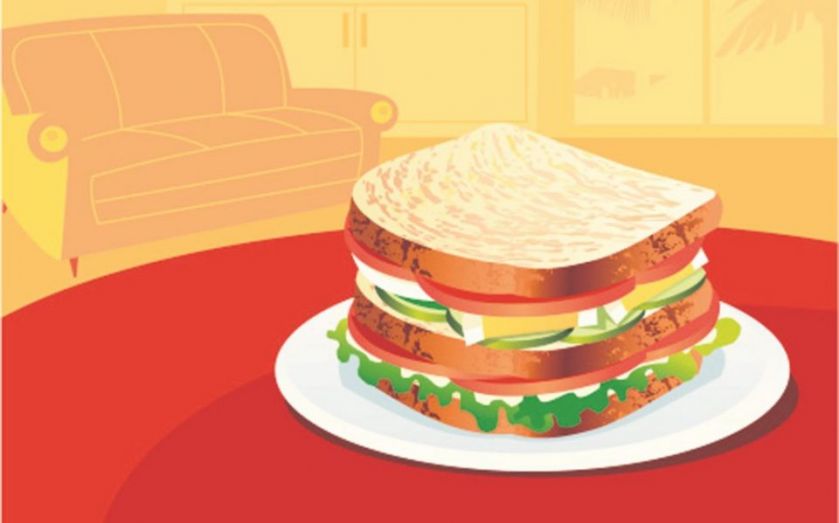Data expert Caroline Carruthers discusses how improved levels of literacy are needed for the public to digest the vast amount of food and nutritional data now available . “What’s for lunch?” Twenty years ago, this was a pretty simple question. There was an understanding that people needed certain levels of vitamins, minerals, calories, fruit and vegetables to stay healthy.
But the amount of information available about food and diet then is incomparable to what’s available now. From colour codes to printed calories, to lists of confusing ingredients, colours, preservatives and additives, someone could be stranded in the meal deal aisle for hours, weighing up the vast amount of nutritional data presented to them around what they’re about to consume for lunch . Simultaneously, health and nutrition are dominating the news agenda.

For example, the ongoing, heated debate around the potential evils (or not) of ultra-processed foods (UPF), has led to even more data being released about what the public should look out for. A year on from the publication of Chris van Tulleken’s “Ultra-Processed People,” data expert Caroline Carruthers tells City A.M.
that improved levels of data literacy are needed for the public to digest the vast amount of food and health data available. She says: “This is not a negative thing. I’ve worked in data for over a decade, and I honestly believe it does save lives, whether that be the NHS using data to address health inequalities, or som.























